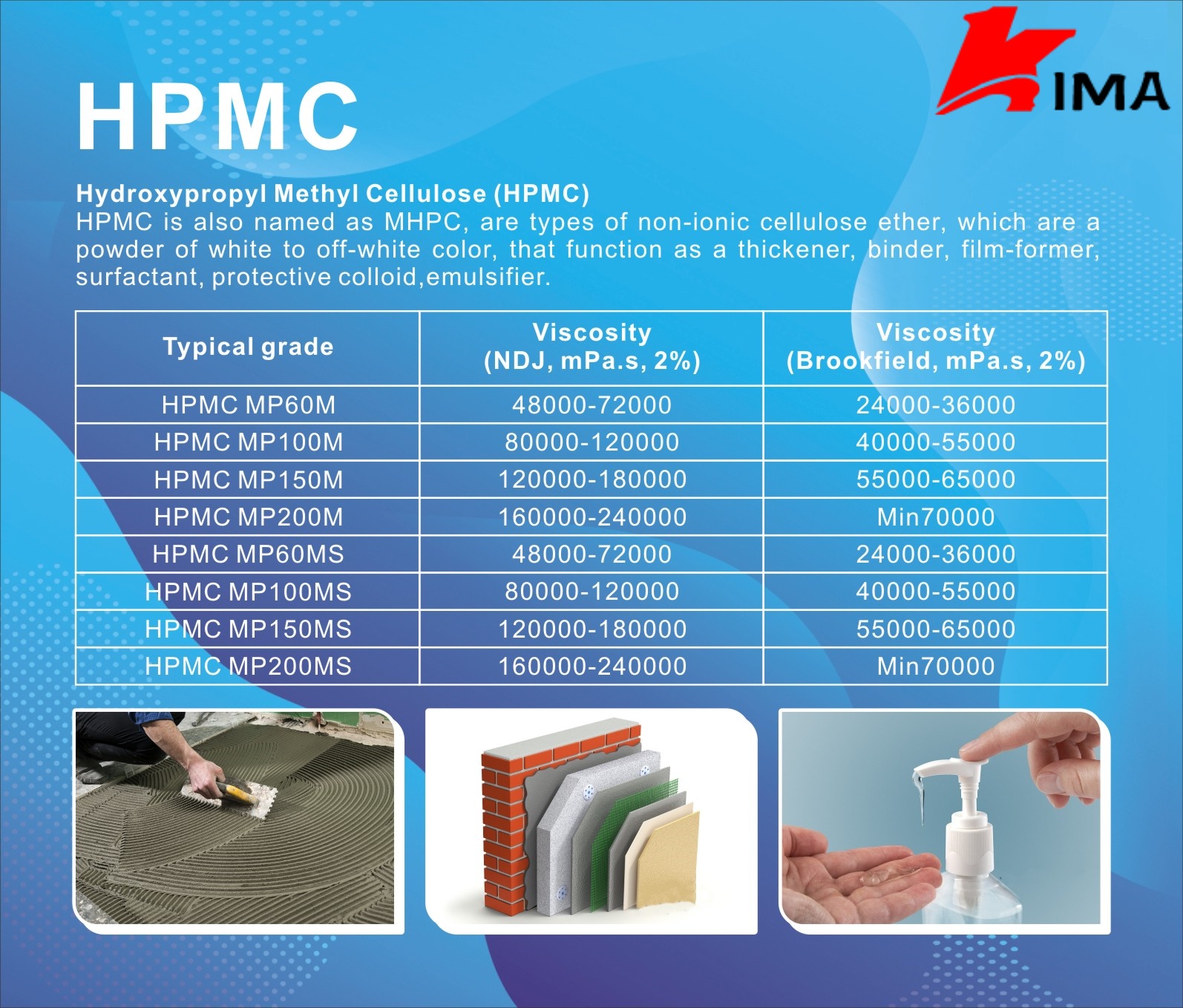What is Concrete Used For?
Concrete is one of the most widely used construction materials globally, valued for its strength, durability, versatility, and cost-effectiveness. Its applications span across various sectors, including residential, commercial, industrial, and infrastructure projects. Here are some of the primary uses of concrete:

- Buildings and Structures: Concrete serves as the foundation, framework, and exterior cladding for a wide range of buildings and structures, including:
- Residential buildings: Houses, apartments, condominiums.
- Commercial buildings: Offices, retail stores, restaurants, hotels.
- Industrial buildings: Factories, warehouses, storage facilities.
- Institutional buildings: Schools, hospitals, government buildings.
- Recreational facilities: Sports stadiums, arenas, swimming pools.
- Infrastructure: Concrete is essential for constructing various infrastructure projects that support economic development and quality of life, including:
- Roads and highways: Concrete is used for paving roads, highways, and bridges due to its durability, load-bearing capacity, and resistance to wear and tear.
- Bridges and tunnels: Concrete provides the structural support and stability required for bridges, tunnels, overpasses, and viaducts.
- Dams and reservoirs: Concrete dams and reservoirs are constructed to regulate water flow, generate hydroelectric power, and provide water supply for irrigation, drinking, and industrial use.
- Ports and harbors: Concrete is used to build docks, piers, quay walls, and breakwaters to facilitate maritime transportation and shipping activities.
- Airports: Concrete runways, taxiways, and aprons are essential for airports to accommodate aircraft takeoffs, landings, and ground operations.
- Transportation: Concrete plays a crucial role in various transportation infrastructure projects, including:
- Mass transit systems: Concrete is used for constructing subway tunnels, railway platforms, and transit stations in urban areas to support public transportation systems.
- Parking structures: Concrete provides a durable and stable foundation for multi-level parking garages and parking lots in commercial and residential areas.
- Pedestrian walkways: Sidewalks, footpaths, and pedestrian bridges are constructed using concrete to ensure safe and accessible pedestrian routes in urban and suburban areas.
- Water and Wastewater Facilities: Concrete is used extensively in water and wastewater treatment facilities to ensure the safe and efficient management of water resources, including:
- Water treatment plants: Concrete structures are built to house water treatment processes, such as sedimentation, filtration, disinfection, and chemical treatment, to produce clean and potable water for municipal and industrial use.
- Wastewater treatment plants: Concrete tanks, basins, and channels are used for primary, secondary, and tertiary treatment processes to remove pollutants and contaminants from wastewater before discharge or reuse.
- Landscaping and Hardscaping: Concrete is employed in landscaping and hardscaping projects to create outdoor spaces, features, and amenities, including:
- Patios and terraces: Concrete is used to construct outdoor living areas, patio decks, and terraced gardens for residential and commercial properties.
- Retaining walls and barriers: Concrete retaining walls, sound barriers, and flood walls provide structural support, erosion control, and noise reduction in landscaping and infrastructure projects.
- Decorative elements: Stamped concrete, exposed aggregate, and colored concrete are popular choices for adding aesthetic appeal and texture to outdoor surfaces, such as walkways, driveways, and pool decks.
concrete is a fundamental building material that underpins the construction and development of modern societies, supporting a wide range of applications across diverse sectors and industries. Its versatility, durability, and reliability make it indispensable for infrastructure projects, buildings, transportation systems, and environmental facilities worldwide.
Post time: Mar-05-2024
